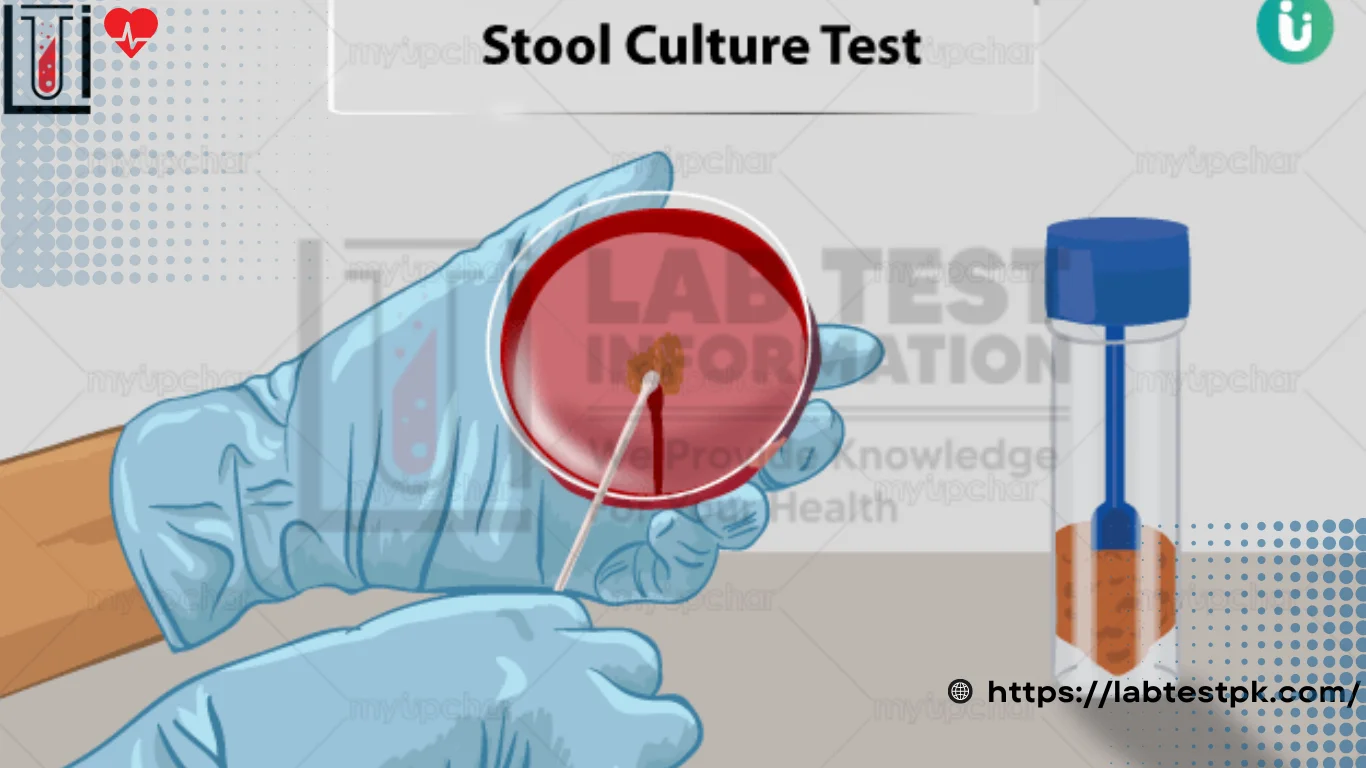Stool Culture, This is a preparation in which bacteria grow. There are nutrients for bacteria. A medium in which bacteria have been added. It is essential for the growth and recognition of bacteria. Different bacteria form colonies of different shapes and colors.
Purpose of Stool Culture:
The primary purpose of a stool culture is to diagnose infections in the digestive tract that may be causing symptoms such as diarrhea, abdominal pain, nausea, or vomiting. By identifying the specific microorganism responsible for the infection, healthcare providers can determine the most appropriate treatment, such as antibiotics for bacterial infections or antiparasitic medications for parasitic infections. Stool cultures can also help detect conditions like food poisoning, gastrointestinal infections, and other digestive disorders.
Procedure:
Day-0:
A small amount of stool is taken, placed in a test tube, diluted with Peptone water, and then cultured on mechanical agar DCA tetrathionate broth. In addition, if this sample is from a child under 5 years of age, it is also applied to blood agar.
If cholera is suspected, it is put on TCBS. TCBS refers to Thiosulphate Citrate Bile Salt Sucrose Medium, All media are incubated at 37°C for 24 hours in the presence of oxygen.
Day-1:
A culture stomach is examined to identify if any growth has occurred. For this, a smear slide is made and sensitized.
Day-2:
After identifying it, a report is prepared by applying more sensitivity.


[…] typhi is a rod Shape bacteria. It is also called Gram-negative bacteria. The bacteria that is excreted in human stool and contaminate food and water […]
[…] Culture test […]
I think I know what you mean with this, but even so I have a question. Do you mind chatting?
[…] Blood culture […]
[…] Blood Culture Test: […]
[…] 6- This plate is incubated for a specific period, typically 24-48 hours, to allow any bacteria to multiply and form visible colonies. […]
[…] test may provide quantitative information, such as the number of parasites or eggs per gram of stool. This information can help assess the severity of the […]
[…] Fungal culture […]
[…] Focal concentration […]
[…] Buccal swab and Urine for RT-PCR Test. Diagnosis of mumps is mostly based on the Physical appearance of swollen salivary glands on jaws. To find out IgM blood Test by ELISA method. Buccal Swab for culture. […]
[…] Culture of bacterium […]